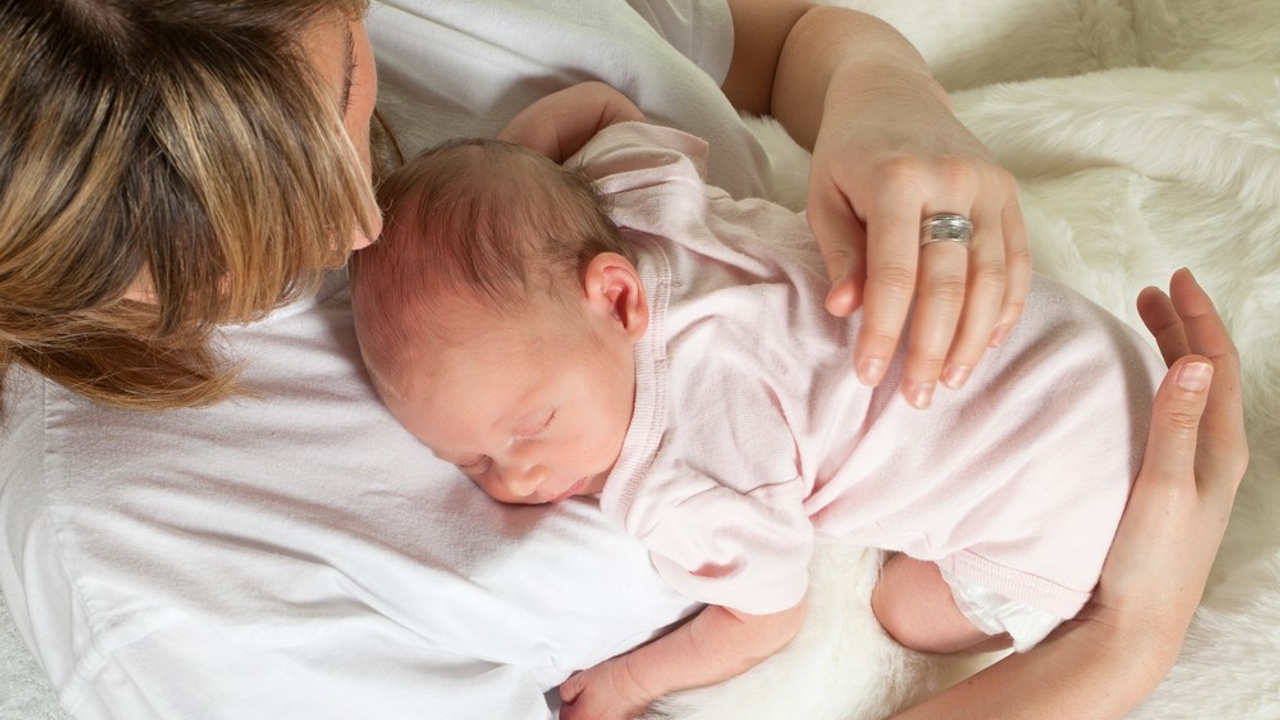The first days after birth

I’ve lost count of the number of women that have said ‘no one told me it would be like this’. The early days after birth can feel like being thrown in the deep end. There is usually so much focus on THE BIRTH that postpartum is often overlooked. There is also so much focus on the new baby that the new parents can feel a bit overwhelmed.
Well-meaning friends and family usually want to see the baby and bring gifts for the baby. The needs of new parents are often forgotten or underestimated.
There are HUGE changes happening in those early days. Some knowledge of things to expect can help this time go more smoothly. This article highlights some of the changes happening for the new mother.
The hormonal roller coaster
After birth there is a ‘period of vulnerability’ when many hormone levels abruptly fall or surge. This dramatic hormonal shift can lead to significant changes in emotions and moods. The ‘baby blues’ often occurs around day 3-5 postpartum. Symptoms include teariness, irritability and feeling extra emotional.
Good support and time for processing will help you move through this stage. But with 1 in 7 women experiencing the more serious postpartum depression it’s important to seek professional help if symptoms don’t lift within a couple of weeks of the birth.
Two important hormones involved with breastfeeding are; prolactin and oxytocin. Prolactin and oxytocin is released in response to nipple stimulation (for example the baby suckling or using a pump). Prolactin helps with milk production and oxytocin helps with the milk release. Oxytocin can be enhanced by skin-to-skin contact, cuddling, warmth and support.
The milk
It’s quite normal that the breasts become full, heavy and slightly tender after birth. As the breasts adjust to how much milk to make for the baby, the uncomfortable fullness will subside. It’s also common for one breast (often the right side) to make more milk than the other.
Changes in the milk occur quite rapidly after birth. The first milk is called colostrum and you may have heard it referred to as ‘liquid gold’. This milk usually transitions to more mature milk within a few days of birth. The volume of milk produced also increases to meet the needs of the baby. The newborn drinks about 7-14ml of colostrum milk at each feed in the early days (around 60ml/day) and this increases to about 500ml/day around day 5.
Physically healing
The placenta leaves a large area of the womb that needs to be healed after birth. Rest is crucial for healing. It’s important to take time to recover after giving birth. I like the saying ‘five days in bed, five days on the bed and five days around the bed’. Your body (particularly your pelvic floor) will thank you if you can take at least two weeks to rest and minimise movements.
The early days after birth can be really intense but knowing what to expect and setting yourself up with good support will make the world of difference to how you transition into motherhood.
If you know you'd like more support for your precious postpartum time, please reach out!
Do you want to feel more confident about birth?
Download the free natural birth checklist!
It has practical tips and natural suggestions for the three stages of labor, a packing list for birth, pictures of useful labour positions and helpful hints for partners.


